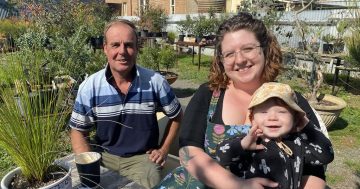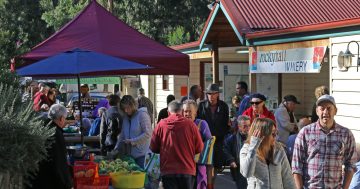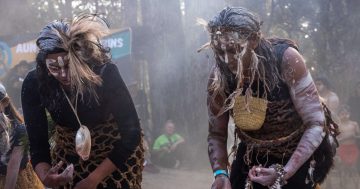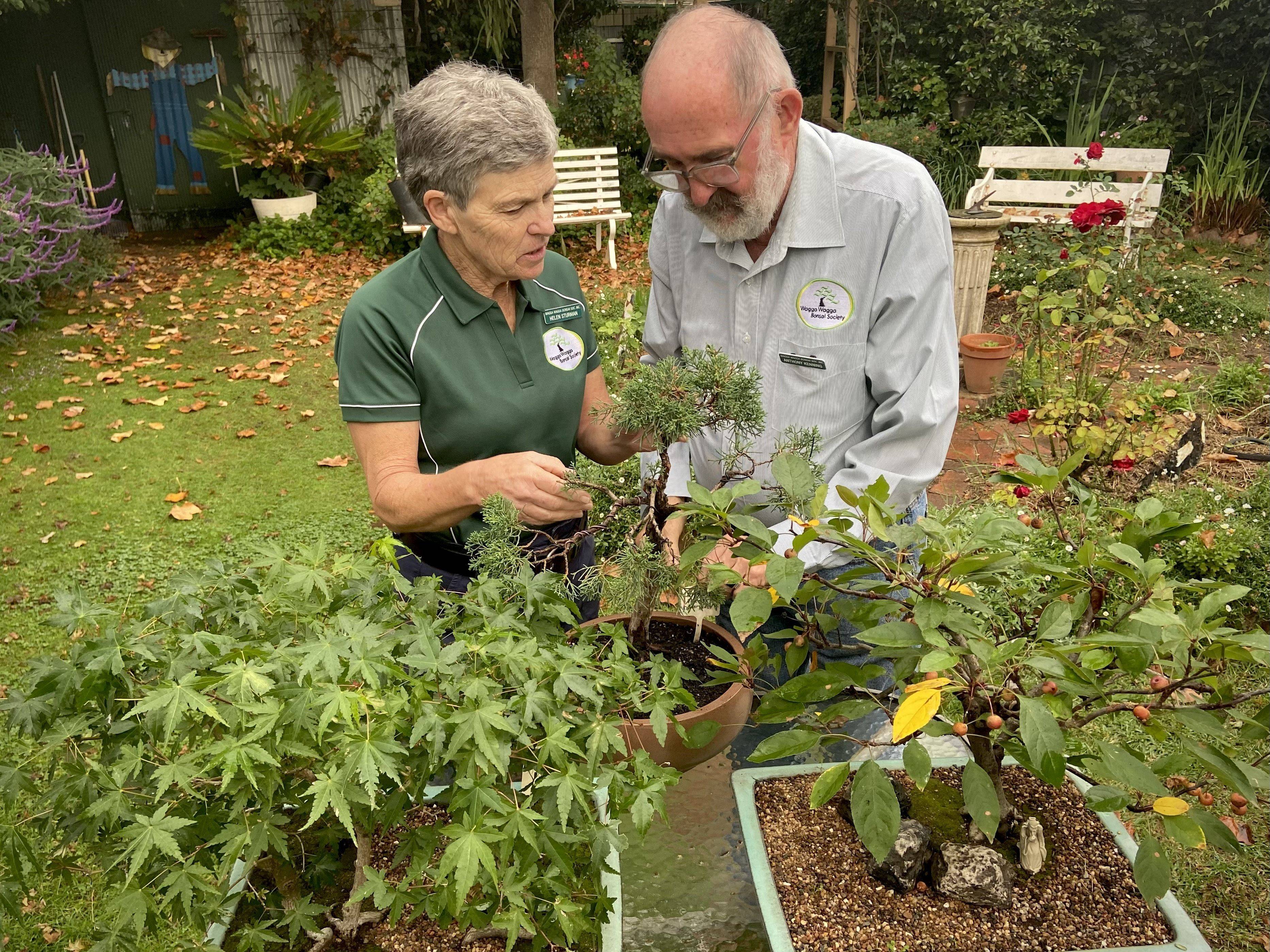
Wagga Bonsai Society president Helen Sturman and long time member Tony Kenning look over his prized plants. Photo: Chris Roe.
It’s been more than a generation since a group of Wagga gardeners first began meeting to prune their bonsai in 1982. Now the Wagga Wagga Bonsai Society is gearing up for its 40th birthday exhibition this weekend.
“We’ve got an exhibition on for two days, which includes some 40-year-old trees, which will be lovely to see and they’re all members’ trees,” Society president Helen Sturman says.
“The art of bonsai is intergenerational. The Japanese pass them down to their children and then their children,” Helen says.
Tony Kenning joined the club shortly after its formation.
“I enjoy gardening and I liked the group. They have always had nice people,” he says.
Tony is preparing to display a Japanese maple forest and a crab-apple tree, complete with tiny fruit. Both are around 20 years old.
“I’ve been doing it for a long time. You keep cutting them back and cutting the roots and pruning them back,” he says.
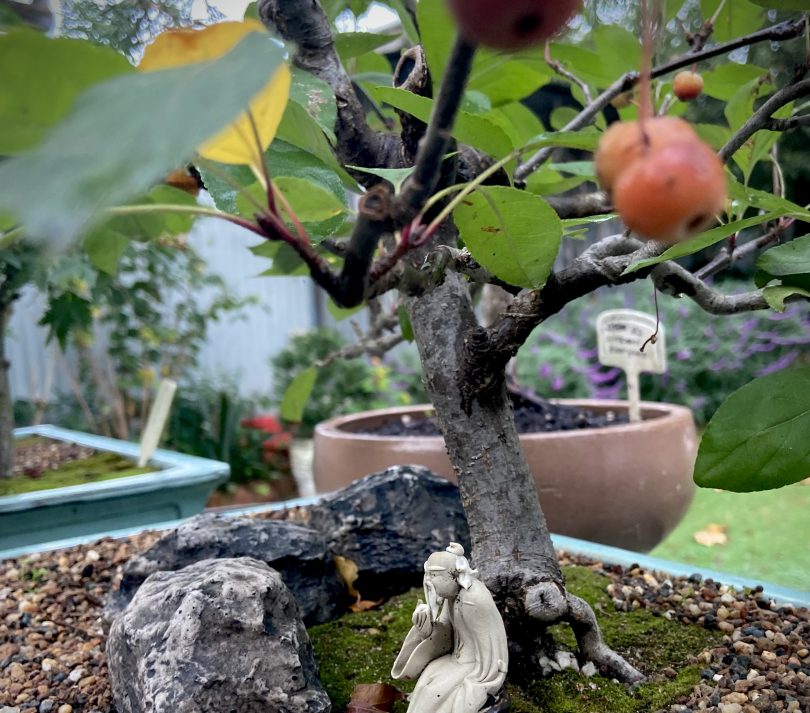
Tony’s 20-year-old crab apple tree will be on display at the exhibition. Photo: Chris Roe.
Helen joined the society more recently.”I’ve only been involved for five or six years. So I’m a late starter, which means that my trees will never be ancient,” she says.
Traditional varieties of maple and fig are popular, but according to Helen there is a growing trend toward Australian natives, even though the large leaves of the Australian eucalypts are tricky to work with.
“People are starting to experiment with them,” she says.
“The leaves on a bonsai are much smaller than a normal tree and to get the natives to do that is still in the experimental stage.”
Tony says shrinking the leaves is one of the tricks he’s learned through the group, but it’s a process that can take decades.
“I defoliate once every two years to take all the leaves off in the summertime. When you get new ones, they grow back slightly smaller and so on,” he explains.

Helen and Tony say the art of bonsai requires patience. Photo: Chris Roe.
Helen says Bonsai is a relaxing and enjoyable art form.
“There are no guidelines on where your branches should go. But the overall effect is that it needs to have an artistic approach and look like it would in nature. Trying to replicate nature in a smaller version,” she explains.
Helen hopes the community will join them for the exhibition and share in their love of the craft. But she warns prospective pruners that they shouldn’t expect to rush nature.
“Some people think they’re going to come and then go home with a bonsai straight away. That’s just not going to happen,” she says.
“But at the exhibition, there will be demonstrations running both days, during which people will get a lot of information from choosing stock at the nursery to beginning a tree.”







